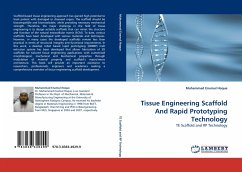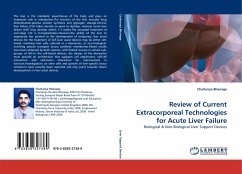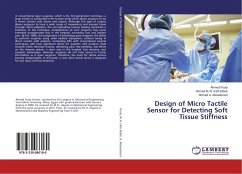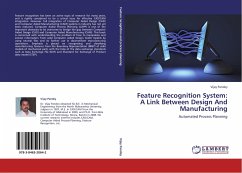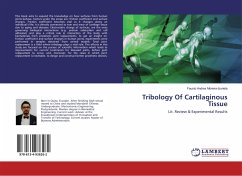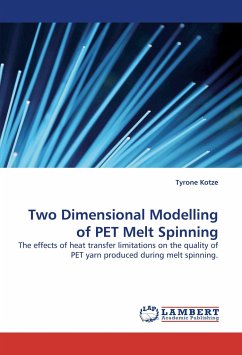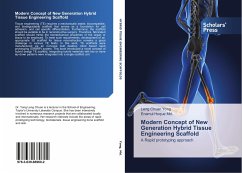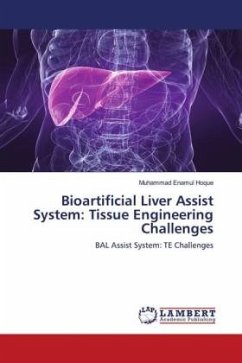
Bioartificial Liver Assist System: Tissue Engineering Challenges
BAL Assist System: TE Challenges
Versandkostenfrei!
Versandfertig in 6-10 Tagen
39,99 €
inkl. MwSt.

PAYBACK Punkte
20 °P sammeln!
Conventionally, the patients with diseased/damaged liver are treated with liver transplantation. However, the donor scarcity remains the fundamental issue with such treatment. This has led to the development of bioartificial liver assist devices to bridge patients until they either recover or receive liver transplant. In the development of bioartificial liver assist devices, configuration of the bioreactor that consists of cultured hepatocytes within solid substrate known as scaffold, is considered to be one of the major challenges. This book reports the development of a novel hybrid fibrous s...
Conventionally, the patients with diseased/damaged liver are treated with liver transplantation. However, the donor scarcity remains the fundamental issue with such treatment. This has led to the development of bioartificial liver assist devices to bridge patients until they either recover or receive liver transplant. In the development of bioartificial liver assist devices, configuration of the bioreactor that consists of cultured hepatocytes within solid substrate known as scaffold, is considered to be one of the major challenges. This book reports the development of a novel hybrid fibrous scaffold for bioartificial liver assist devices incorporating polyethylene terephthalate (PET) fibers onto the hollow polysulfone capillary tube by means of modern textile (braiding) technology. The hybrid scaffold provides smooth flow of the fluid into the hollow tube, and higher level of cell anchorage within the fibrous outer surface. This book aims to provide assistance to researchers, engineers, medical surgeons and academics associated with liver tissue engineering.



